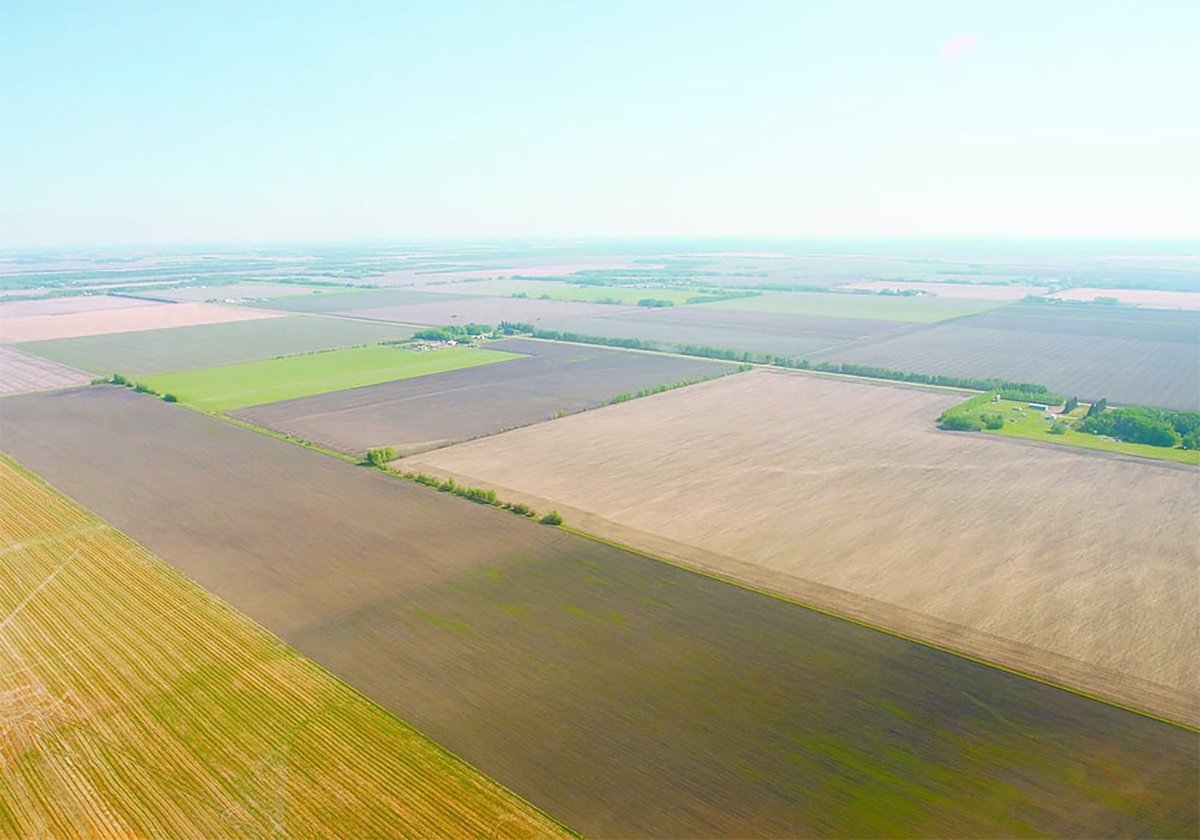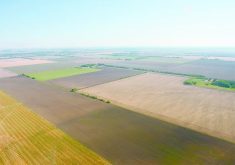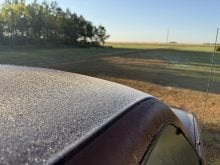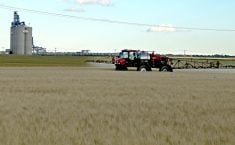Most areas hope for good moisture this fall and winter to get soil into good shape for next spring
REGINA — Saskatchewan crops are in the bin, and the province says yields were above the 10-year average for most of them.
Durum, canola, oats and mustard yielded below average, according to the final 2024 crop report issued Oct. 30.
There are regional differences in both yield and quality, depending on rainfall amounts through the growing season.
Read Also

Saskatchewan amends farm land ownership regulations
The Canada Pension Plan Investment Board can no longer own Saskatchewan farmland.
By crop, winter wheat averaged 46 bushels per acre and fall rye averaged 52 bu. per acre.
Hard red spring wheat yielded 46 bu. per acre, while other spring wheat varieties yielded 52.
Durum yielded 33, barley 63, oats 79 and canaryseed 1,340 pounds per acre.
Flax yielded higher than the 10-year average at 23 bu. per acre, while canola averaged 33 and mustard yielded 837 lb. per acre.
Average field pea yields were 36 bu. per acre and soybeans yielded 30. Lentils averaged 1,306 lb. per ac acre and chickpeas came in at 1,319 lb. per acre.
Crop quality overall is rated good.
Canola graded 89 per cent No. 1 and nine per cent No. 2. Sixty per cent of HRSW graded 1 CW and 31 per cent 2 CW.
Forty-three per cent of field peas and 40 per cent of lentils were in the top grade and half of each rated No. 2.
The crop report noted seeded acres for both winter wheat and fall rye fell by about three per cent this fall, even though yields were strong.
The average silage yield province-wide is 6.37 tons per acre, lower than seven tons reported last year. Yields were above-average in east-central and southern areas and lower in west-central and northern regions.
Hay yields were better in 2024 than in 2023.
On dryland acres, alfalfa averaged 1.78 tons per acre, brome hay averaged 1.79 tons and green feed averaged 2.25 tons. Under irrigation, alfalfa yielded 3.36 tons per acre, brome hay 3.25 tons and greenfeed 3.57 tons. Most producers reported good to excellent hay quality in their first cut. Some producers got a second hay cut and also said quality was good to excellent.
Hay prices vary, but alfalfa is averaging $134.16 per ton, brome averages $120.70 and greenfeed $126.25 per ton.
Straw and standing hay are cheaper, at $51.05 and $57 per ton, respectively.
Topsoil moisture conditions heading into winter are better than they were last year.
Cropland topsoil is rated 49 per cent adequate, 44 per cent short and seven per cent very short.
Hayland topsoil is 42 per cent adequate, 45 per cent short and 13 per cent very short. Pasture topsoil is at 37 per cent adequate, 45 per cent short and 18 per cent very short. Pasture conditions are rated 35 per cent good, 34 per cent fair, 24 per cent poor and seven per cent very poor.
Producers hope for more fall rain and lots of snow to recharge soil.


















